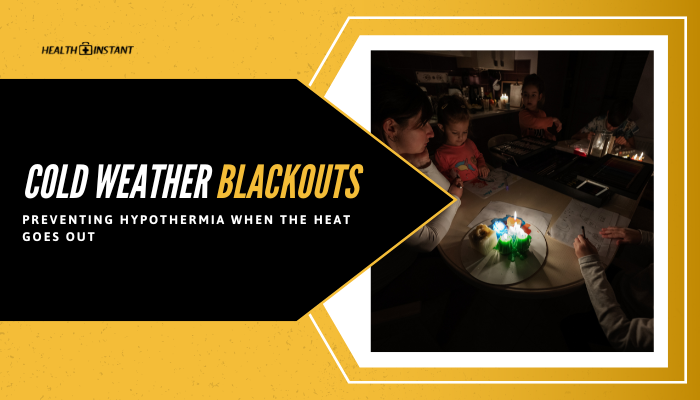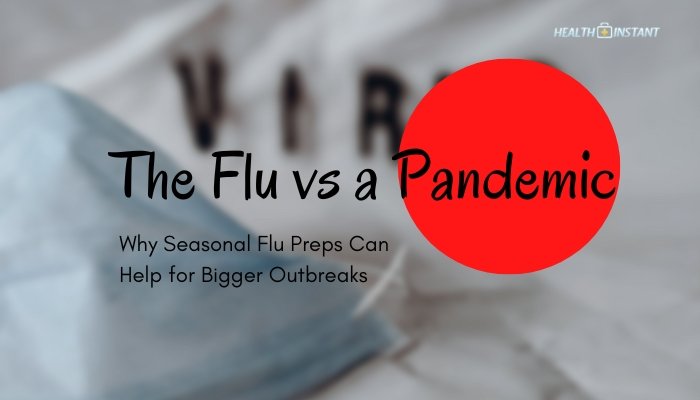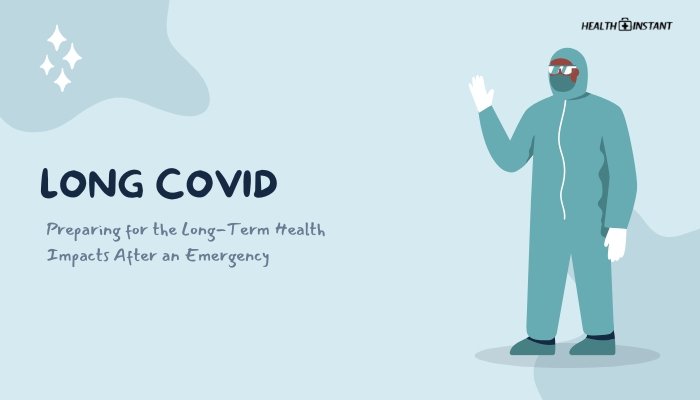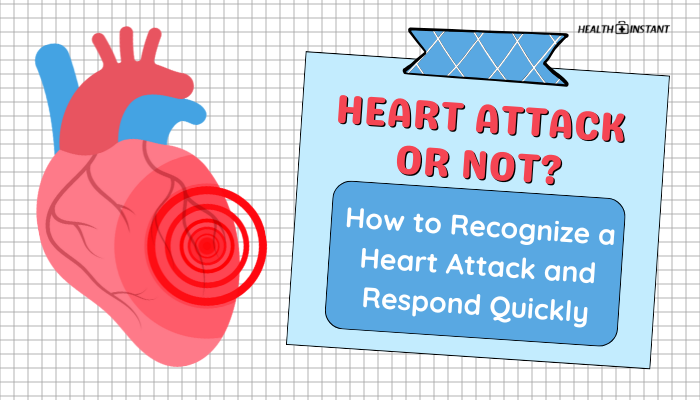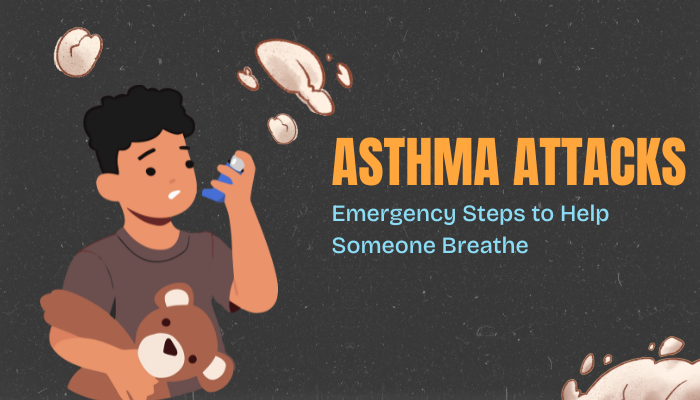Introduction
Winter power outages can transform a cozy home into a cold habitat in mere hours. Without a functioning heater, the risk of hypothermia rises—especially for older adults or infants.
By planning ahead, dressing in layers, and practicing safe heating methods, you can preserve body heat until utilities are restored. This guide covers essential tips for staying warm, recognizing hypothermia, and knowing when to get professional help.
What Is Hypothermia?
Hypothermia occurs when core body temperature drops below 95°F (35°C). In cold conditions:
- Body Heat Loss: Exceeds the rate at which the body can generate or retain warmth.
- Symptoms: Shivering, slurred speech, confusion, drowsiness, and eventually loss of consciousness.
- Severity: Can be life-threatening if unchecked.
Even mild hypothermia interferes with coordination and clarity of thought, so early detection is key.
Preparation Before the Outage
- Insulate Your Home
- Seal windows/doors with weatherstripping or plastic sheeting.
- Close blinds or curtains to keep warmth in.
- Seal windows/doors with weatherstripping or plastic sheeting.
- Stock Up
- Blankets, sleeping bags, hats, and gloves.
- Non-perishable food and bottled water.
- Battery-powered flashlights, radios, and extra batteries.
- Blankets, sleeping bags, hats, and gloves.
- Heater Alternatives
- Check the safety of kerosene or propane heaters. Follow manufacturer instructions and ensure proper ventilation.
Staying Warm Indoors
- Block Off One Room
- Centralize family members in a smaller space to conserve heat.
- Centralize family members in a smaller space to conserve heat.
- Use Towels or Rags
- Place them under doors to prevent drafts.
- Place them under doors to prevent drafts.
- Close Unused Rooms
- Concentrates residual heat in occupied areas.
Layering and Clothing Tips
- Wear Multiple Layers
- A base layer (thermal or synthetic), insulating middle layers (fleece or wool), and a windproof outer layer if needed.
- A base layer (thermal or synthetic), insulating middle layers (fleece or wool), and a windproof outer layer if needed.
- Focus on Extremities
- Warm socks, mittens (better than gloves), and hats to reduce heat loss from head and hands.
- Warm socks, mittens (better than gloves), and hats to reduce heat loss from head and hands.
- Avoid Tight Clothing
- Restrictive garments impede circulation and can amplify cold effects.
Food, Hydration, and Internal Heat
- Eat Small, Frequent Meals
- Carbohydrates and proteins help fuel body heat.
- Carbohydrates and proteins help fuel body heat.
- Stay Hydrated
- Warm beverages (broth, tea) give comfort and mild warming. Avoid alcohol—it accelerates heat loss.
- Warm beverages (broth, tea) give comfort and mild warming. Avoid alcohol—it accelerates heat loss.
- Light Exercise
- Simple movements or stretching can boost circulation and warmth, but avoid sweating (which cools you down once it evaporates).
- Simple movements or stretching can boost circulation and warmth, but avoid sweating (which cools you down once it evaporates).
Recognizing Hypothermia Symptoms
Symptoms differ by severity:
- Mild: Shivering, goosebumps, numb extremities.
- Moderate: Slowed pulse, confusion, clumsiness, intense shivering or diminishing shivering.
- Severe: Slurred speech, sluggish thinking, weak pulse, potential loss of consciousness.
If you suspect hypothermia, prioritize gradual rewarming and call for medical assistance if it worsens.
Safe Use of Alternative Heat Sources
- Ventilation
- Never run generators or grills inside enclosed spaces. Carbon monoxide buildup can be fatal.
- Never run generators or grills inside enclosed spaces. Carbon monoxide buildup can be fatal.
- Follow Manufacturer Guidelines
- Kerosene or propane heaters must have safety features. Keep flammable items at least 3 feet away.
- Kerosene or propane heaters must have safety features. Keep flammable items at least 3 feet away.
- Monitor Regularly
- Check devices frequently to prevent accidental fires or toxic fumes.
When to Seek Help
- Worsening Symptoms
- Severe confusion, drowsiness, or uncontrollable shivering.
- Severe confusion, drowsiness, or uncontrollable shivering.
- Very Young, Elderly, or Chronically Ill
- They are at higher risk. If temperature management fails, call for paramedics.
- They are at higher risk. If temperature management fails, call for paramedics.
- Inability to Rewarm
- If basic measures aren’t improving the situation, seek shelter at warming centers or with neighbors.
Conclusion
Power outages in cold weather demand careful planning—insulating rooms, layering up, and employing safe heating alternatives to avert hypothermia. By monitoring for signs of temperature drop in both your home and body, you can handle short-term blackouts effectively.
If your personal solutions aren’t sufficient, find a warming center or seek medical attention to ensure safety. Preparedness, combined with calm adaptation, can help you navigate frigid conditions until power returns.
References
- Centers for Disease Control and Prevention (CDC). (2021). Hypothermia prevention guidelines during winter storms.
- Federal Emergency Management Agency (FEMA). (2022). Cold weather preparedness.
- American Red Cross. (2020). Winter storm safety tips and resources.
- National Weather Service (NWS). (2019). Wind chill and exposure recommendations.
Disclaimer: This guide is informational. Always follow local authorities’ recommendations for official instructions on evacuations, warming centers, and emergency assistance.

